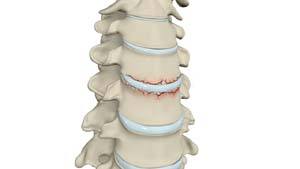
Cervical Anatomy
The neck is made up of seven tiny bones called cervical vertebrae (C1-C7). These are protected by spongy vertebral discs present between them and supported by ligaments that hold them together and surround the underlying spinal cord.
What are Cervical Fractures?
Cervical fractures are common in motor vehicle accidents, sports activities and falls. The second, sixth and seventh cervical vertebrae are frequently involved in fractures, which may injure the spinal cord.
Symptoms of Cervical Fractures
Fractures of the cervical spine may result in pain, localized to the neck region or spreading from the neck to the shoulders or arms, decreased neck movement due to pain, swelling, bruising, tingling or prickling sensation, numbness, weakness, or paralysis. Cervical fractures in the first and second vertebrae are usually fatal. Injury to the spinal cord can lead to paralysis.
Diagnosis of Cervical Fractures
Your doctor will perform a thorough physical examination. Your doctor will order neurological tests to assess pain and neurological deficits, and imaging tests to identify the location and pattern of the cervical fracture.
Treatment of Cervical Fractures
If a cervical fracture is suspected, the neck should be immobilized immediately in a collar and backboard. If the cervical spine is out of alignment, traction is applied to realign the spine. Steroids may be administered to control spinal cord damage and inflammation. Surgery may be suggested to repair the cervical fracture with spinal reconstruction by the placement of bone graft followed by stabilization with plates.

